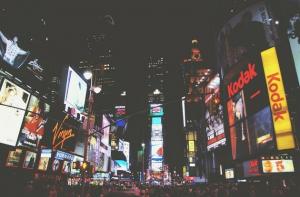Isotype, Logo, Imagotype and Isologo: What They Are and Differences
In design, a logo, an isotype, an imagotype and an isologo refer to the graphic representations of a brand. These graphic representations are used by companies to identify the brand, and its services or products, to the public.
A Logo refers to the graphic representation of a brand that uses only typographic elements.
The isotype, for its part, is based on the use of a icon that represents a brand without mentioning its name.
The imagotype is the graphic representation of a brand that conjugate a typographic element and an icon, which are easily separable and distinguishable. Thus, an imagotype can be created by combining an isotype and a logo.
Finally, the isologo also combines typographic elements with an icon, but which are inseparable.
| Logo | Isotype | Imagotype | Isologo | |
|---|---|---|---|---|
Definition |
It is a graphic representation composed exclusively of typographic elements. |
It is a graphical representation in the form of an icon. |
It is the graphic representation of a brand that combines an icon with typography, in such a way that it is possible to separate them. |
It is the graphic representation of a brand that combines an icon with typography, in such a way that they cannot be divided. |
| Characteristics |
|
|
|
|
| Trademark examples | Google, Canon, Panasonic. | Federal Express (FedEx). Hewlett Packard (HP), Apple, Twitter, Adobe. | Puma, Yamaha, Movistar. | Starbucks, Burger King, Bayerische Motoren Werke (BMW). |
What is a logo?
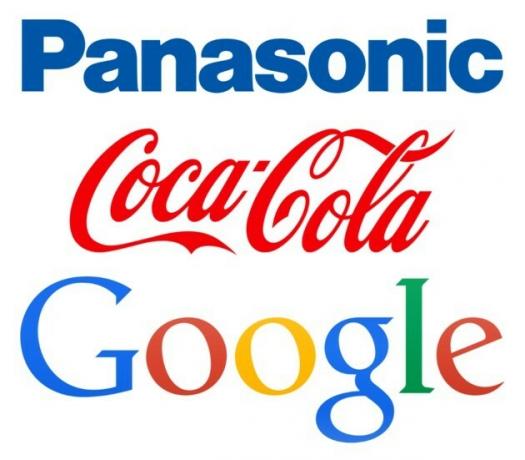
The term logo refers to the text used to represent a brand, company or product.
A logo is made up of exclusively typographic elements (letters). This format works as the visual representation of a brand, often using its name or its abbreviation.
The logo is one of the most used graphic representations because it allows the public to immediately recognize what brand, company or product it is.
In everyday life, it is common for the word logo, or simply "logo", to be used to refer to the visual image or graphic representation of a brand (or company), even if it is not a logo, but an isotype, imagotype or isologo.
For example, many times people use "logo" to talk about an isotype, such as the "apple" that represents the Apple brand.
What is an isotype?
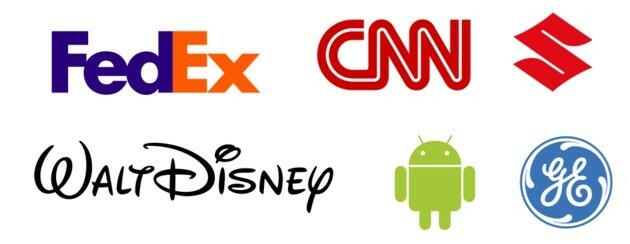
An isotype is the graphic representation of the brand that makes use of a symbol or icon.
Isotypes are used as images that represent the brand or product in a symbolic way, without making explicit mention of its name. Thus, this format is widely used by brands that are already well known in the market.
In addition, a brand can take advantage of the isotype to abstract the meaning of the values of the company or the nature of the product / service offered, without the need to explicitly communicate the themselves.
Classification of isotypes

The anagram is a form of isotype consisting of the grouping of several syllables, generally of different words. It is widely used in the case of brands with long or compound names, since it avoids transmitting the idea of the brand name, without taking up much space.

A monogram is the combination of at least two letters that, once grouped, create a new image, manifesting a certain degree of abstraction. These letters generally represent the initials of the brand or a name.

The acronym groups several letters, creating a new element. It differs from the anagram in that syllables are not used and in which the letters used are read one by one.

The initial is basically a graphical representation of the brand that use a letter, either the initial of the brand itself or of a name.

The firm is quite a particular isotype, based on typographic characters that are used to express a more personal visual aspect of the brand. It is similar to the logo, for using typography, but it differs from it in that the typographic elements are especially related to the name of a person. In any case, the signature can also be classified as a logo.
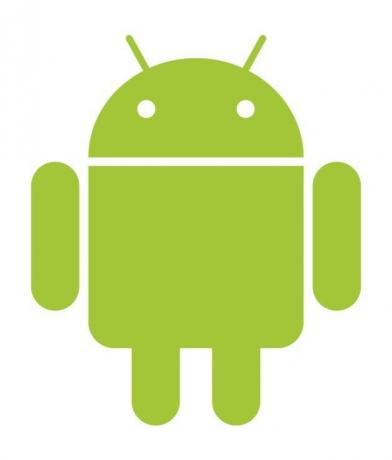
The pictogram is the graphical representation that expresses the meaning, essence or a symbolism of the brand in an icon. The idea of this isotype is to visually appeal to the public and cause a sensation.
Pictograms can, in turn, be classified into figurative or recognizable images from the real world, and into abstract or lacking real world references.
What is an imagotype?
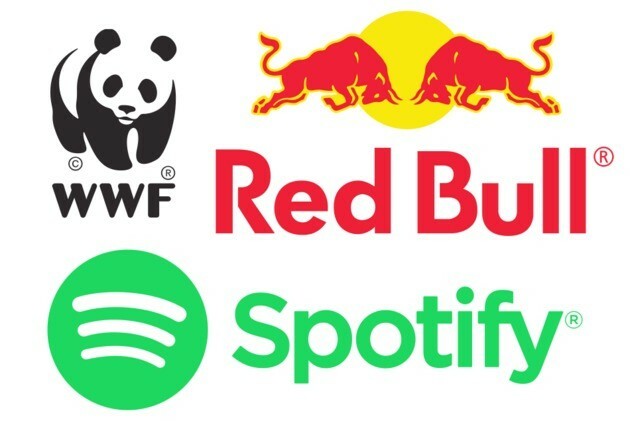
An imagotype is made up of elements typographic and symbolic (for example, a brand icon). It can be said that the imagotype combines a logo with an isotype to represent a brand or product.
This type of graphic representation of a brand or product is characterized by the fact that the elements that compose it are distinguishable or divisible each. In a logo, the text and the icon or symbol are separately recognizable. That is why it is possible to find only one of these elements in some products or advertising.
What is an isologo?

The isologo is the graphic representation of a brand or product in which they are used typographic and symbolic elements, which are inseparable.
In this case, and unlike the imagotype, the graphic and textual parts that make up the isologo are not can separate because the image that forms the representation of the brand as such would lose its sense of being So.
See also: Difference between BTL and ATL.

